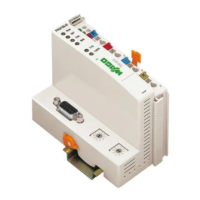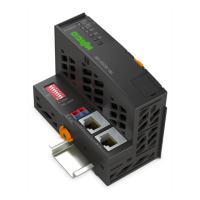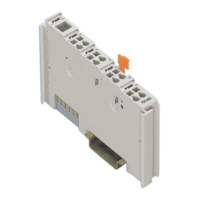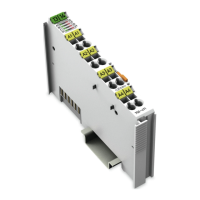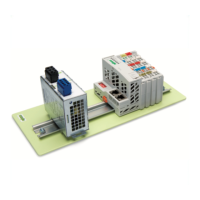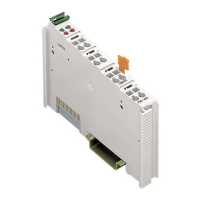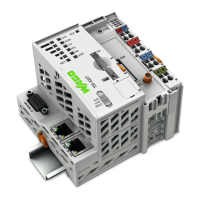210 • Fieldbus Communication
ETHERNET
WAGO-I/O-SYSTEM 750
Linux Fieldbus Coupler
10.1.3.3.1.1 RAW IP
Raw IP manages without protocols such as PPP (point-to-point protocol).
With RAW IP, the TCP/IP packets are directly exchanged without
handshaking, thus enabling the connection to be established more quickly.
However, the connection must beforehand have been configured with a fixed
IP address. The advantages of RAW IP are high data transfer rate and good
stability.
10.1.3.3.1.2 IP Multicast
Multicast refers to a method of transmission from a point to a group, which is
a point-to-multipoint transfer or multipoint connection. The advantage of
multicast is that messages are simultaneously transferred to several users or
closed user groups via one address.
IP multicasting at Internet level is realised with the help of the Internet Group
Message Protocol IGMP; neighbouring routers use this protocol to inform
each other on membership to the group.
For distribution of multicast packets in the sub-network, IP assumes that the
datalink layer supports multicasting. In the case of Ethernet, you can provide a
packet with a multicast address in order to send the packet to several recipients
with a single send operation. Here, the common medium enables packets to be
sent simultaneously to several recipients. The stations do not have to inform
each other on who belongs to a specific multicast address – every station
physically receives every packet. The resolution of IP address to Ethernet
address is solved by the use of algorithms, IP multicast addresses are
embedded in Ethernet multicast addresses.
10.1.3.3.2 TCP Protocol
As the layer above the Internet protocol, TCP (Transmission Control Protocol)
guarantees the secure transport of data through the network.
TCP enables two subscribers to establish a connection for the duration of the
data transmission. Communication takes place in full-duplex mode (i.e.,
transmission between two subscribers in both directions simultaneously).
TCP provides the transmitted message with a 16-bit checksum and each data
packet with a sequence number.
The receiver checks that the packet has been correctly received on the basis of
the checksum and then sets off the sequence number. The result is known as
the acknowledgement number and is returned with the next self-sent packet as
an acknowledgement.
This ensures that the lost TCP packets are detected and resent, if necessary, in
the correct sequence.

